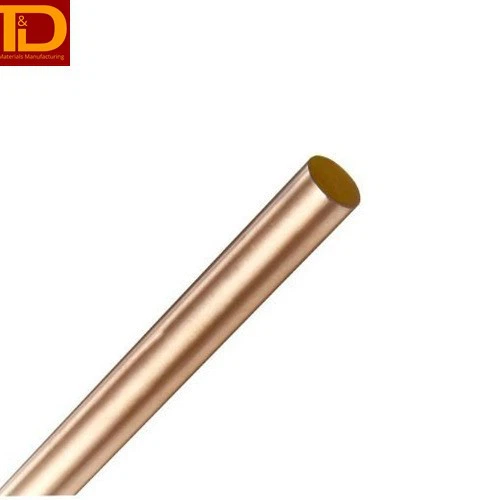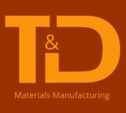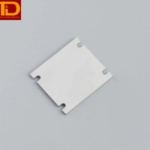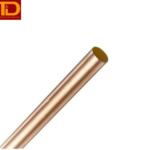Molybdenum Copper Alloy

Physical Properties
- Density: Varies depending on the composition, typically around 10 g/cm³
- Melting Point: The alloy does not have a true melting point but rather a range, as it is a composite material.
- Thermal Conductivity: High, typically in the range of 200-400 W/m·K
- Electrical Conductivity: Moderate to high, depending on the copper content
- Coefficient of Thermal Expansion (CTE): Lower than pure copper, typically around 7-9 x 10⁻⁶/K
Chemical Properties
- Corrosion Resistance: Good resistance to oxidation and corrosion, enhanced by the molybdenum component
- Oxidation Resistance: Molybdenum provides excellent resistance to oxidation at high temperatures.
Overview
Molybdenum copper alloys are composite materials that combine the properties of both molybdenum and copper. These alloys leverage the high thermal and electrical conductivity of copper with the high strength, thermal stability, and low thermal expansion of molybdenum. They are primarily used in applications requiring reliable thermal management and structural stability under extreme conditions.
Composition & Manufacturing
Molybdenum copper alloys are usually produced through powder metallurgy processes, which involve blending molybdenum and copper powders, compacting them, and then sintering at high temperatures. The composition can vary, but common ratios include MoCu30 (70% molybdenum, 30% copper) and MoCu50 (50% molybdenum, 50% copper).
Uses of Molybdenum Copper Alloy
Molybdenum copper alloys are used in various high-tech applications where a combination of thermal and electrical conductivity, along with mechanical stability, is required.
Thermal Management
- Heat Sinks: Used in electronic devices and power modules to efficiently dissipate heat.
- Heat Spreaders: Employed in integrated circuits and semiconductor devices to manage and spread heat.
Aerospace & Military
- Rocket and Missile Components: Utilized in components that require high thermal stability and strength under extreme conditions.
Medical Applications
- Electrodes: Used in electrical discharge machining (EDM) electrodes due to their wear resistance and conductivity.
- Contacts: Employed in high-power electrical contacts and switches.
Medical Applications
- X-ray and Radiographic Equipment: Used in components that require high thermal conductivity and stability.
Advantages & Disadvantages of Molybdenum Copper Alloy
Advantages
- High Thermal Conductivity: Efficiently dissipates heat in electronic and high-power applications.
- Low Coefficient of Thermal Expansion: Reduces thermal stress and enhances structural stability.
- High Strength and Stability: Retains mechanical properties at high temperatures.
- Corrosion and Oxidation Resistance: Good performance in harsh environments.
Disadvantages
- Cost: Relatively expensive due to the cost of raw materials and manufacturing processes.
- Machining Difficulty: Can be challenging to machine due to the hardness of molybdenum.
Properties of Molybdenum Copper Alloy
| Property | Value |
|---|---|
| Density | ~10 g/cm³ |
| Thermal Conductivity | 200-400 W/m·K |
| Electrical Conductivity | Moderate to high |
| Coefficient of Thermal Expansion | 7-9 x 10⁻⁶/K |
| Oxidation Resistance | High |
| Corrosion Resistance | Good |
Major Applications of Molybdenum Copper Alloy
| Application Area | Examples |
|---|---|
| Thermal Management | Heat sinks, heat spreaders |
| Electrical | EDM electrodes, electrical contacts |
| Aerospace and Military | Rocket and missile components |
| Medical | X-ray and radiographic equipment |
Molybdenum copper alloys are crucial in various high-performance applications, especially where efficient thermal management and structural stability under extreme conditions are required. Their use in heat sinks and heat spreaders underscores their importance in the electronics industry. In aerospace and military applications, these alloys provide the necessary strength and thermal stability for critical components. The medical field benefits from the alloy’s excellent thermal and electrical properties in imaging equipment. Despite their higher cost and machining challenges, the unique combination of properties in molybdenum-copper alloys ensures their continued demand and utilization in advanced technological applications.


